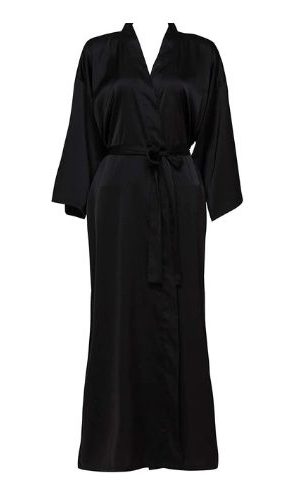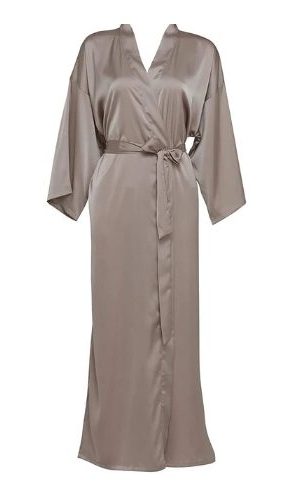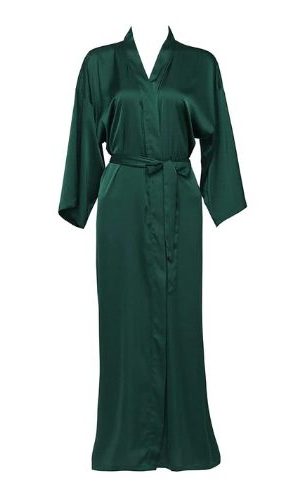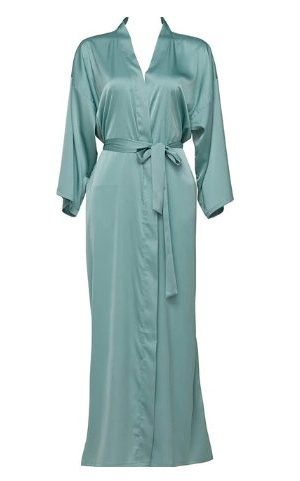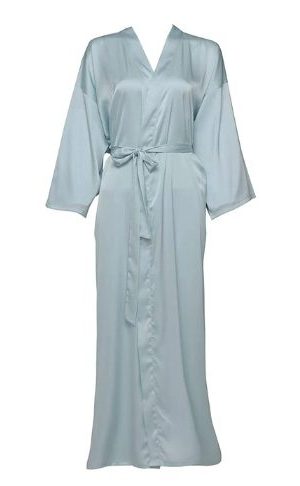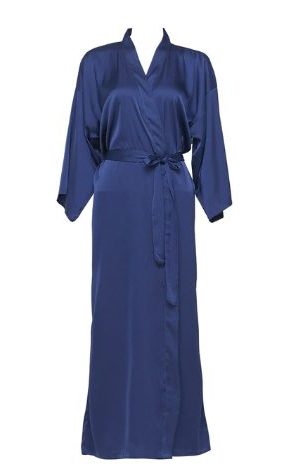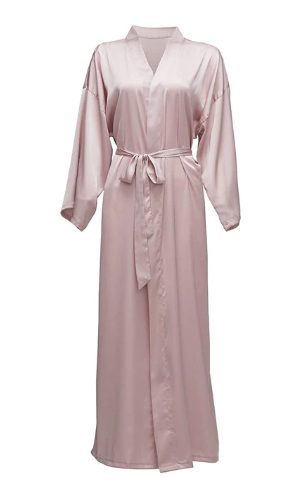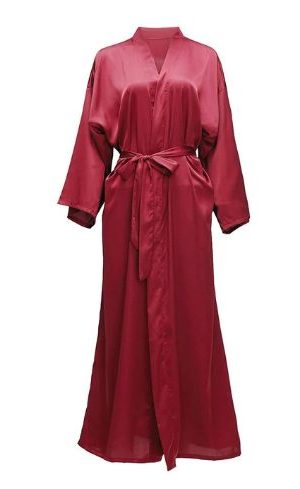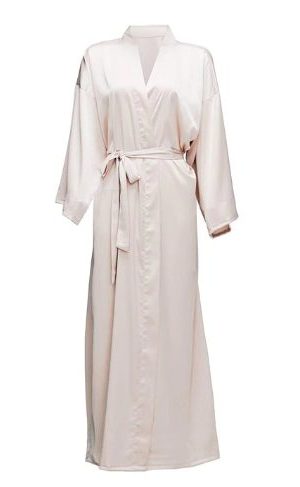Yukata


Filter by price
Yukata for women
Japanese culture is not only defined by its human values, its traditions or its jewelry. No, Japan is also a reference when it comes to fashion. For centuries, the Japanese civilization has never ceased to amaze the rest of the world with its wonderful creations, each one as incredible as the next. If when thinking about Japanese fashion, we often tend to think about traditional ceremonial clothes, Japan is also known for one particular outfit: the “yukata”. This traditional Japanese outfit is as much for men as it is for women. But, in this article, we will give more advantage to the ladies and their yukata.
What is a yukata?
Etymologically speaking, the word “yukata” is a combination of the kanji word “Yu” meaning bath and the word “ka” which is the root of “katabira” translating to underwear. So, literally, we can define the term “yukata” as a bathing suit or a women kimono. Therefore, yukata is used to dry oneself after bathing.
Yukata is usually represented as a straight cut garment with fairly long sleeves. The appearance of the yukata resembles in every way with its counterpart, the Japanese kimono, which is also a very recognized traditional clothing. In addition, the yukata itself, especially the women’s yukata, has multicolored patterns (often with a floral print) imbued with symbolic representations of Japanese culture. Women’s yukatas will be light in color, often very bright which is meant to bring out the feminine look and style.
As for the care of this outfit, the washing methods are the same as for other types of clothing. This means that women’s yukata can go through the washing machine as well as slim-fit or jeans. The main thing is that you need to choose the right products to wash it and not to damage it.
History of yukata
Yukata originally appeared during the Heian period (794 to 1185). It was mainly used in Onsen or Japanese hot springs for ritual ablutions where the yukata was only used by the high nobility to cover the body and dry the remaining drops of water after their bath. During this period, the official name was “Yukatabaria”, it was a light garment with a texture reminiscent of linen.
During the Edo period, from 1603 to 1868, the outfit took the name of “Yukata” and the manufacturing developed: organic cotton came to supplant linen. Indeed, cotton is a more absorbent and resistant material and therefore more adapted for the conception of yukatas. As a result, the yukata started to integrate the daily wardrobe of the population, especially women.
When to wear yukata?
Women always tend to want to attract the eyes of everyone and the general attention on them. What could be more remarkable than a bright and colorful outfit like the yukata then? In fact, yukata is usually the favorite outfit of women during Japanese festivals such as matsuri during the summer season or during spring. Why is it so? Because the colors are shimmering and the patterns are original. These often refer to symbolic representations of Japanese poetry and legends that are part of Japanese folklore. Moreover, the yukata is also a suitable outfit for ryokan onsens, Japanese inns that offer baths in hot springs. Women will be able to display their charm and elegance by wearing their yukata with various attractive patterns.
Also, as a bathrobe, women may use the yukata only to cover themselves when they are wearing quite sexy clothes or swimsuits, and look more naked. This will create a chic yet casual contrast to spend a good time in the onsens and enjoy the benefits of a nice hot bath.
The modern day women’s yukata can also be described as an integral part of women’s fashion as Japanese pajamas to be worn to bed. The silky soft textile of the garment will make your resting moments more pleasant and comfortable.
For women who are keen on fashion and Japanese style, wearing a yukata shows everyone the passion they have for the Japanese culture. They will be able to opt for this form of Japanese kimono and show up at events in Western countries.
However, although women’s yukata is a traditional garment, it is not appropriate to wear it in some places. In hotel onsens, women are strongly advised to wear their yukuta only within the walls of their room. The robe and tunic-like garment may not be appropriate at times. In the streets of Tokyo, if women wear their yukata, everyone will think that they are going to festivities or even ceremonies like tea ceremonies. Therefore, care should be taken when wearing this Japanese attire.

